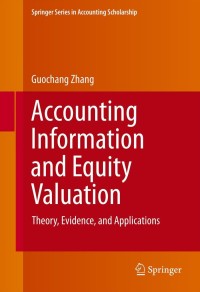Builder Products, Inc., uses the weighted-average method in its process costing system. It manufactures a caulking compound that goes through three processing stages prior to completion. Information on work in the first department, Cooking, is given below for May:
| | | |
| Production data: | | |
| Pounds in process, May 1; materials 100% complete; conversion 90% complete | | 88,000 |
| Pounds started into production during May | | 530,000 |
| Pounds completed and transferred out | | ? |
| Pounds in process, May 31; materials 60% complete; conversion 40% complete | | 65,000 |
| Cost data: | | |
| Work in process inventory, May 1: | | |
| Materials cost | $ | 106,000 |
| Conversion cost | $ | 59,700 |
| Cost added during May: | | |
| Materials cost | $ | 551,120 |
| Conversion cost | $ | 328,230 |
| |
Required:
1. Compute the equivalent units of production for materials and conversion for May.
| |
| | | | Materials | Conversion | | Equivalent units of production | | |
2. Compute the cost per equivalent unit for materials and conversion for May.
| |
| | | | Materials | Conversion | | Cost per equivalent unit | | |
3. Compute the cost of ending work in process inventory for materials, conversion, and in total for May.
| |
| | | | Materials | Conversion | Total | | Cost of ending work in process inventory | | | |
4. Compute the cost of units transferred out to the next department for materials, conversion, and in total for May.
| |
| | | | Materials | Conversion | Total | | Cost of units completed and transferred out | | | |
5. Prepare a cost reconciliation report for May.
| |
| | | Blending Department | | Cost Reconciliation | | Costs to be accounted for: | | | | | | | | | Total cost to be accounted for | | | Costs accounted for as follows: | | | | | | | | | Total cost accounted for | |






